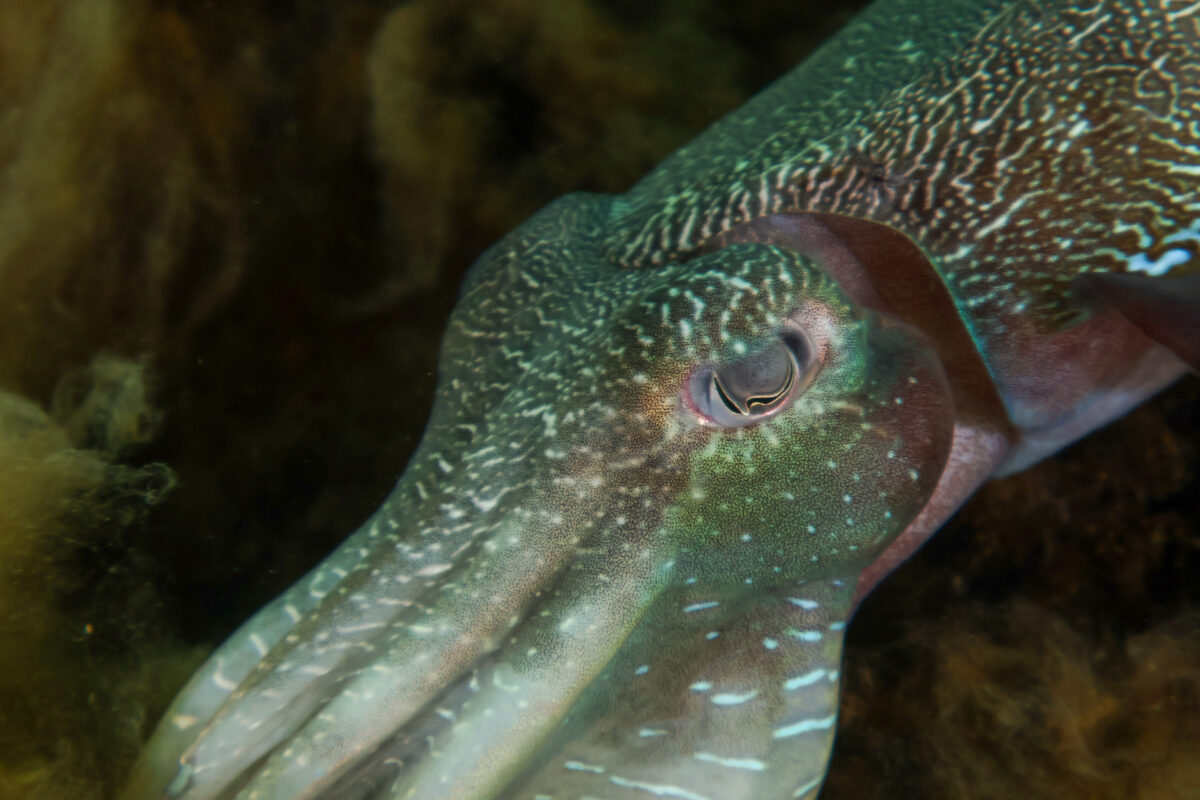
Did you know cuttlefish can bend light to perfectly camouflage into their surrounds (even though they’re colour blind), change the texture of their skin and grow horns to tell you to go away? To me, that’s so mind blowing I’d call it alien-like. They are one of the coolest critters living under the sea!
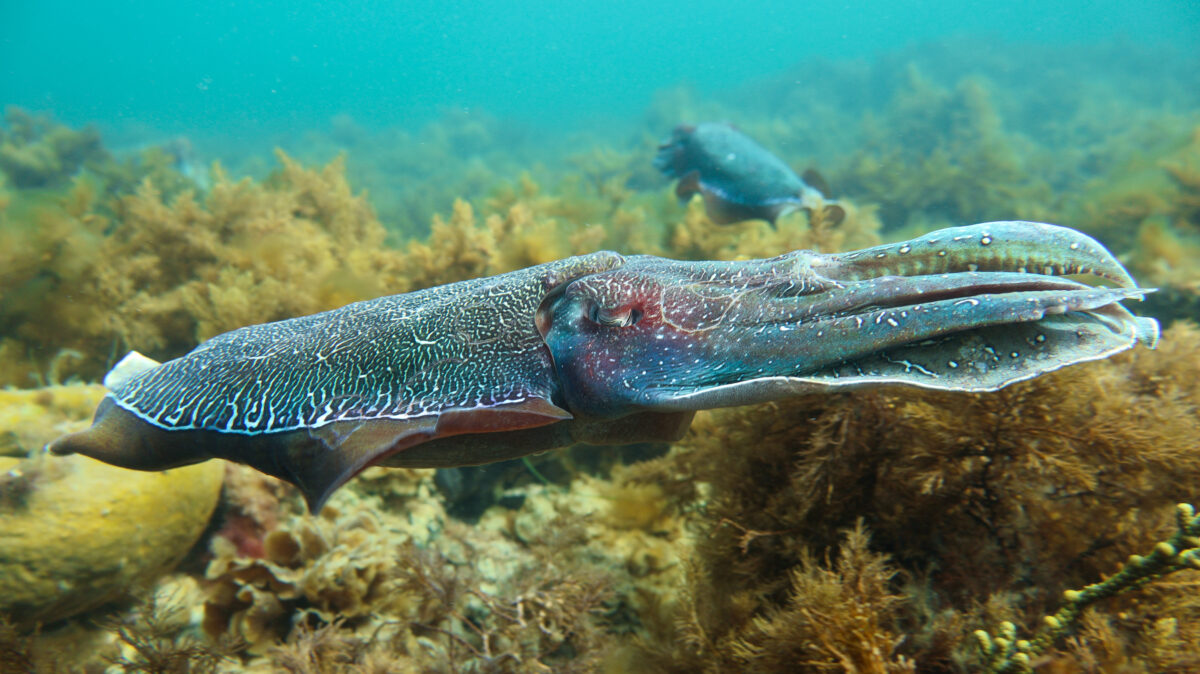
The largest Cephalopod aggregation in the world (Sepia apama – the Australian Giant Cuttlefish) just so happens to aggregate once a year between June – August at the top of the Eyre Peninsula in a little town called Whylla. Up to 200,000 individuals attend the site each year to breed, with males getting only one shot at their five seconds of fame (coitus), before slowly dying thereafter.
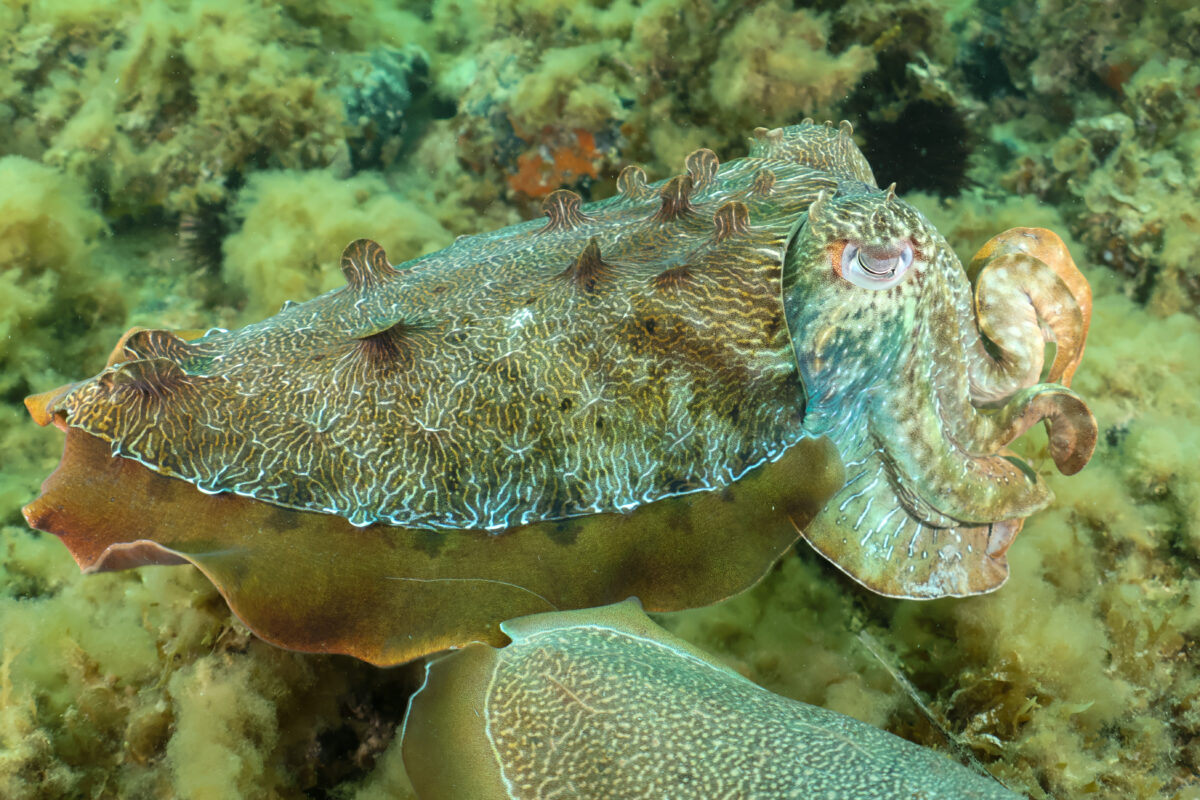
The amazing thing about this site is you can literally walk off the rocky beach and be immersed in the show immediately at 2 meters depth. You see males up to 40cm long flashing waves throughout their skin like strobes to compete with other males. The smaller males tip-toe around bigger blokes by tucking their tentacles in and shifting their skin / colours to look like a female, only to mate with the woman he’s hiding right underneath him – devious little devils. Below is a picture of strobing / fighting males arguing over who will take the sheila home.
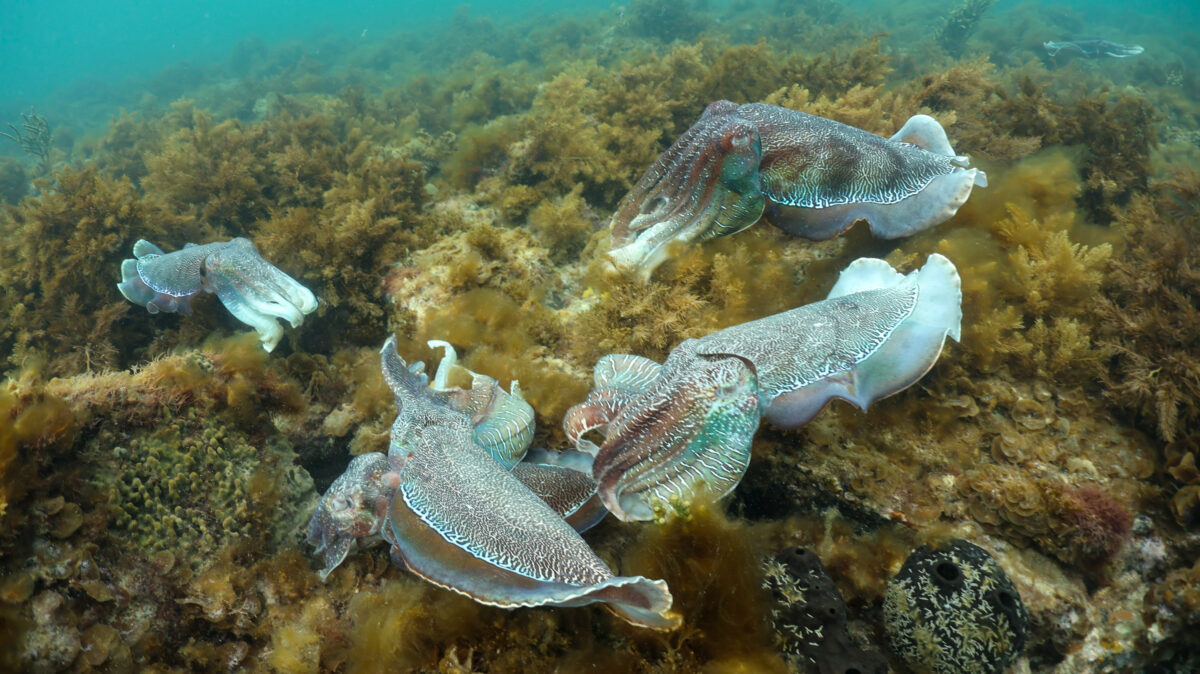
Cephalopods are extremely smart animals. Unlike Nautilus – the deep sea cousin of cuttlefish, these animals have no exterior shell to protect them from predators. Thus, driving evolution to give them large brains that making them the intelligent invertebrates they are today. You become hypnotised when looking into their ‘W’ shaped eye closely, or float and watch two huge males strobe it out over a timid female hiding under a boulder beneath them.
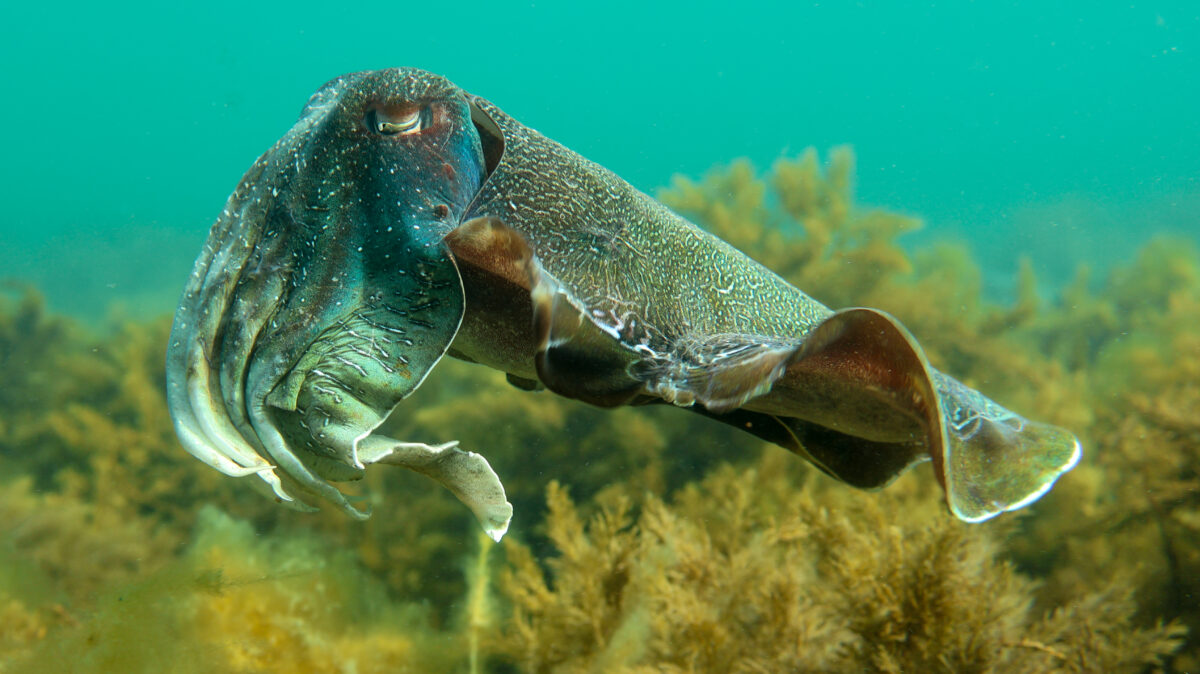
Indigenous people and divers have been coming here for generations, however mainstream tourism has recently caught onto the ecologically significant event. Cuttys glass-bottom boat tours began only three years ago taking guests to watch the Cuttlefest from above water. They now run an almost sold-out hour long tour daily during the season. I was fortunate enough to volunteer with them for 3 days at the site.
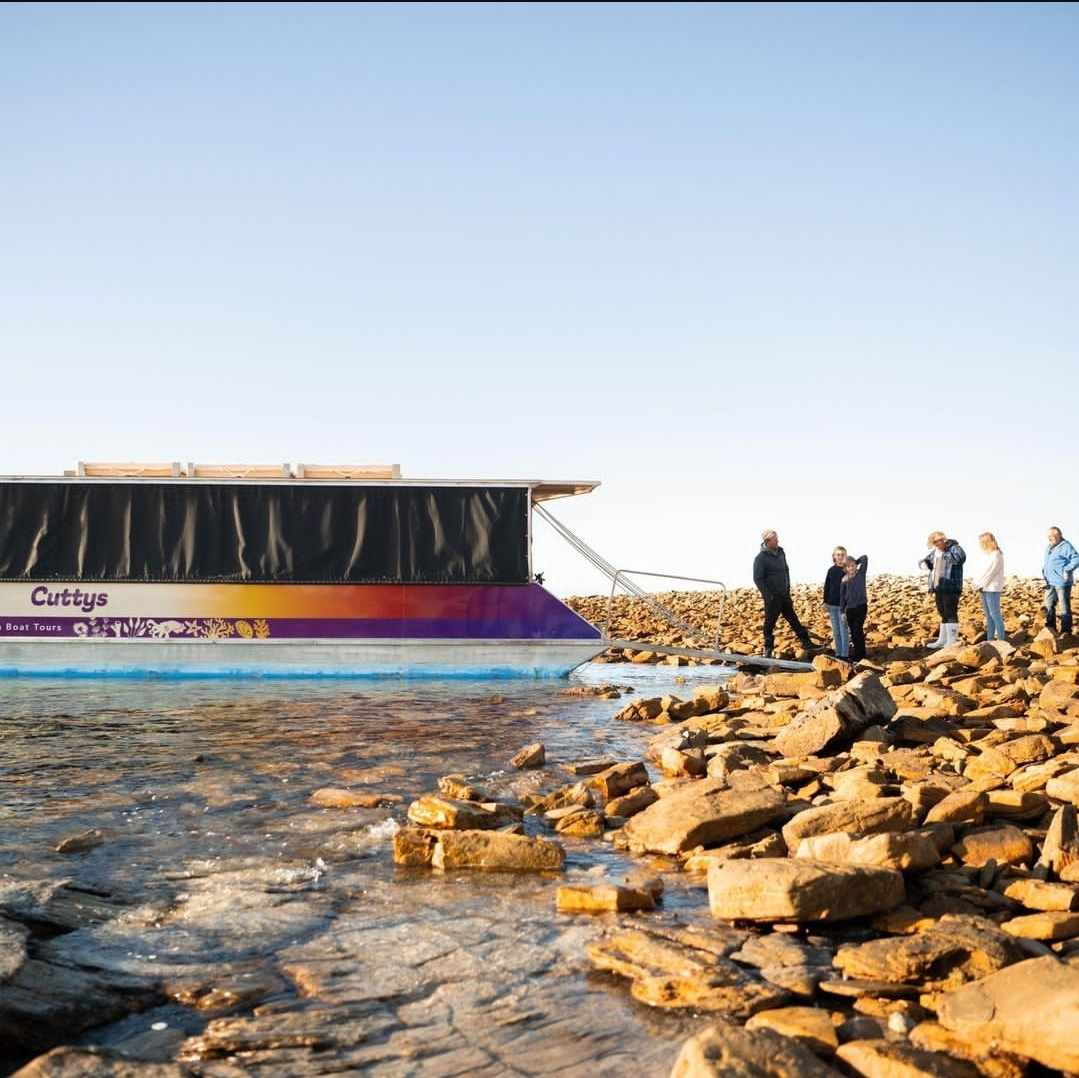
My experience began with a Science at the Pub event. We listened to academics, state rangers and fisheries scientists give an overview on the species, its populations and climate change driven temperature increase. I then spent the next 3 days diving and taking pictures. I also spent some time aboard the Cuttys glass bottom boat learning how to give interpretations and drive the vessel.
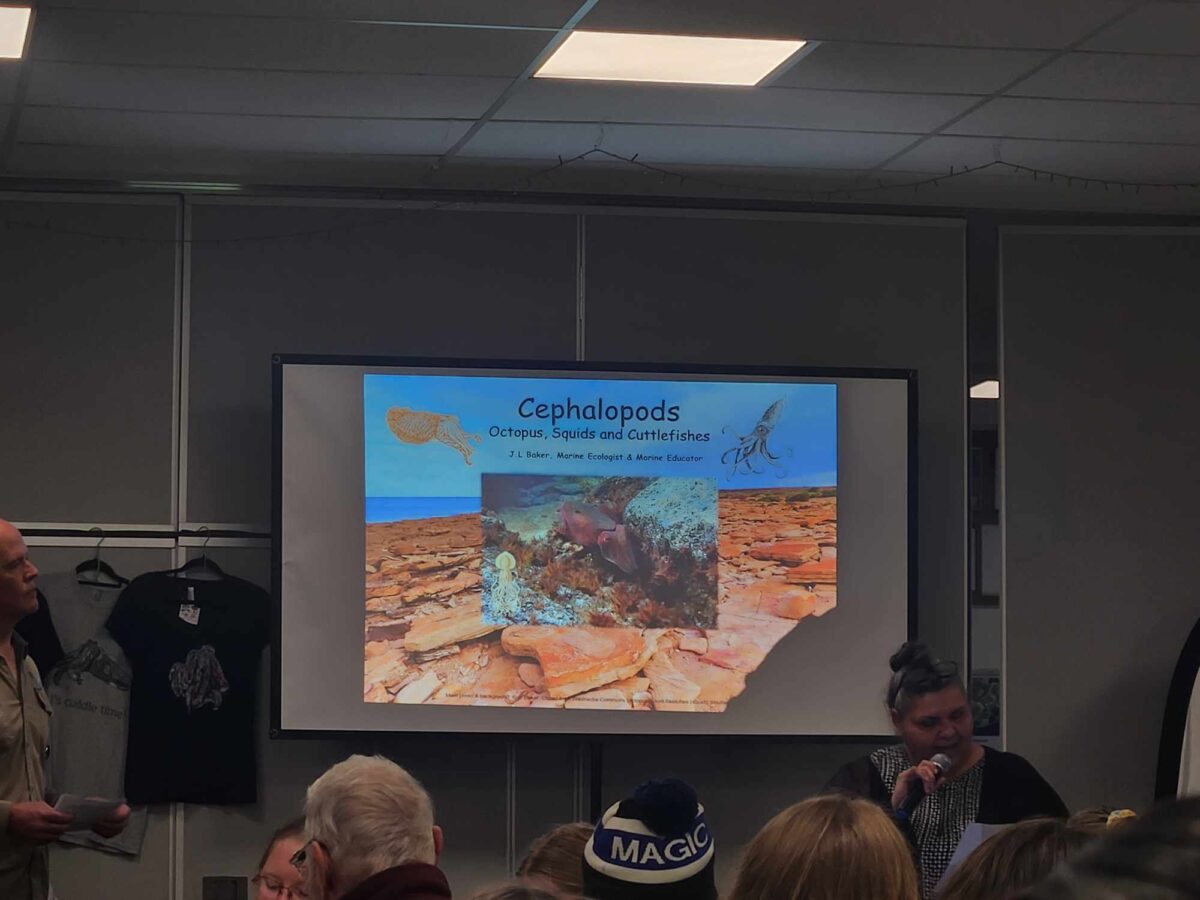
I was also fortunate enough to meet Manny Katz, a young friendly and passionate ocean professional behind the Eyrelab. This non-for-profit empowers young teenagers in the area to up skill them in various fields. From scuba diving to oyster farming, they aim to instill a passion for the ocean at a young age. Manny taught me something I’ve been interested for quite some time – photogrammetry. You can now take thousands of photos for an area like a rocky reef, and an computer vision algorithm will use overlapping spots to stitch them all together to create a digital model of those photos. Manny also taught me the details of how to fully utilise a technical underwater camera with its strobes and settings, something I was doing very poorly before I met him.
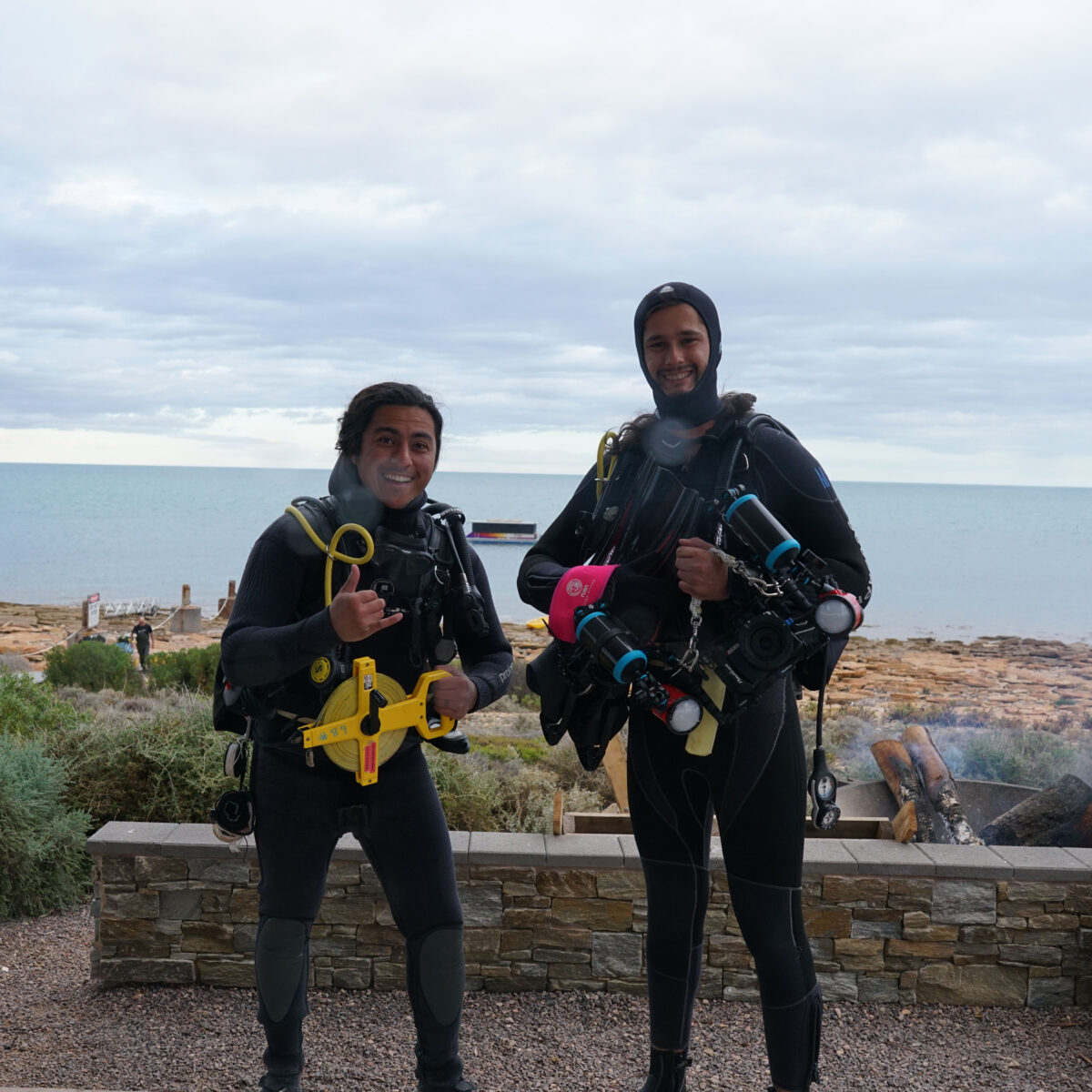
I’m extremely grateful to both Manny, Matt and Athena from Cuttys and Eyrelab for hosting me. In the short time I was there I learnt so much about cuttlefish, photography and the booming ecotourism there. It was an absolute blast and I would happily come back. I’m very grateful to the Our World-Underwater Scholarship Society for allowing me to have this experience. I’m also grateful for our various sponsors including Rolex, Tusa, Reef Photo and Video and Mako eyewear for providing me with the necessary resources and diving equipment needed to perform these diving adventures.